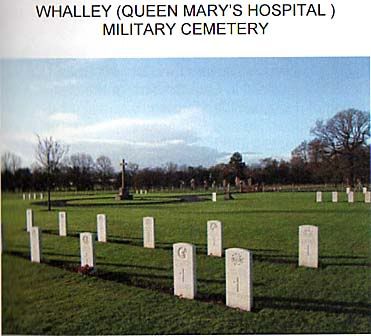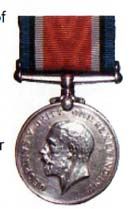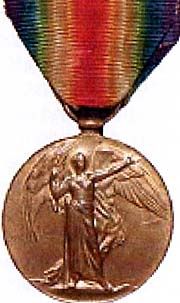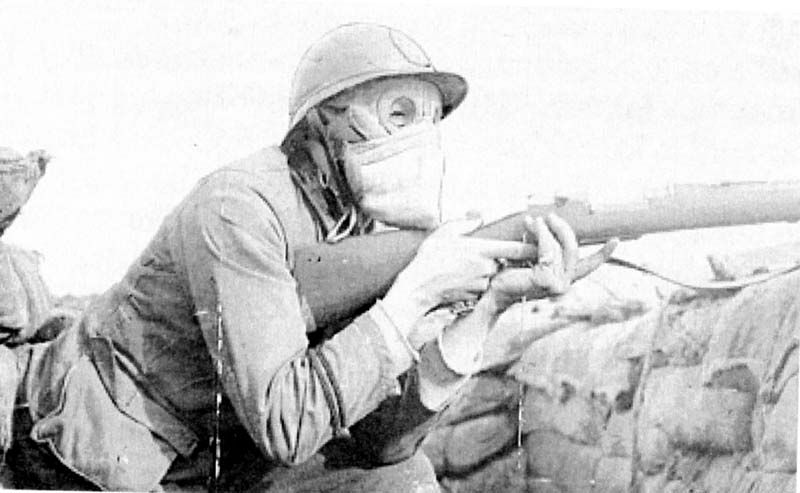ALFRED JAMES GIBSON
Private
Wiltshire Regiment
Unit Text: 2nd Bn.
Service No: 23726
Wounded 1917
Died 30th January 1918
Aged 30Commonwealth War Graves Commission
In Memory of
Private ALFRED JAMES GIBSON
2372G, 2ND Bn., Wiltshire Regiment
who died
On 30 January 1918
Son of John William and Mercy Jane Gibson
Remembered with Honour
ALFRED JAMES GIBSON
John William Gibson was born in London in 1866, registered in the Holborn district as the son of Robert and Mary Elizabeth Gibson.
Mercy Jane Pope was born 1860 and registered in Cranbrook, Kent, confirmed by the censuses. They married in the September quarter of 1884, registered at Hailsham, Sussex and had two sons Richard William Gibson was born and registered in the December quarter of 1885 at Hailsham. Alfred James was born in Balham, Surrey in the June quarter of 1887 and registered in the Wandsworth district of London.
The 1901 census shows Alfred born in Balham, Surrey, registered in East Sussex in the civil parish of Hailsham St Mary and working as a Porter Grocer. He and Richard were with their grandmother Elizabeth Pope at the time of the census. Their mother died in 1909.
In the 1911 census Richard was a Private in the 1st Sussex Regiment stationed in Rawalpindi, in the Punjab, India.
Alfred was listed as aged 24 and registered living in Milestone Road, Carterton, working as a Gardener Nurseryman.
He joined the Wiltshire Regiment, was wounded on the 9th April 1917 during an attack on the Hindenburg Line. He died on the 20th January 1918 aged 30. He was awarded the British War and Allied Victory medals.
I3RITISH WAR MEDAL ARMY
Awarded to those who entered the theatre on duty or left their place of residence and rendered approved ,eervice overseas between the 5th of August 914 and the 11th of November 1918, both dates inclusive.
I his medal commemorates some of the bloodiest battles that have ever been fought by British & Commonwealth troops. The medal was instituted by King George V in 1919 to mark the end of the First World War and record the service given. Although the First World War ended in 1918, the qualification period was extended to cover post-war mine clearance and service in Russia during 1919-20.
|
A total of approximately 6,500,000 silver medals were issued. A total of approximately 110,000 bronze versions of this medal were issued to Chinese, Maltese, Indian and other native Labour Corps and also to other native personnel who were mobilised for war service and received pay at military rates.
Approximately 6.5 million British War Medals were issued. Approximately 6.4 million of these were the silver versions of this medal. Around 110,000 of a bronze version were issued mainly to Chinese, Maltese and Indian Labour Corps. The front (obv or obverse) of the medal depicts the head of George V.
The Allied Victory Medal Also known as 'Wilfred'
It was decided that each of the allies should each issue their own bronze victory medal with a similar design, similar equivalent wording and identical ribbon.
The British medal was designed by W. McMillan. The front depicts a winged classical figure representing victory.
|
Approximately 5.7 million victory medals were issued. Interestingly, eligibility for this medal was more restrictive and not everyone who
received the British War Medal ('Squeak') also received the Victory Medal ('Wilfred'). However, In general, all recipients of 'Wilfred' also received 'Squeak' and all recipients of 'Pip' also received both 'Squeak' and 'Wilfred'.
"Pip" was the 1914 Star and 1914-15 Star.
http://www.fylde.demon.co.uk/pip.htm
The recipient's service number, rank, name and unit was impressed on the rim of both medals

The Hindenburg Line
http://www.westernfrontassociation. com/great-waron-land/65-germany-allies/235-germ-hind-line. html It was during the later stages of the First Battle of the Somme that the German High Command (Generals Paul von Hindenberg and Erich von Ludendorff) began creating their greatest fortified line - The Siegfried Line, known to the British as the Hindenberg Line. It was built well behind the then existing front line - i.e. between 10 and 50 km (six and 30 miles) - and planned as a retreat of operational opportunity or of last resort. General Hindenberg himself called it 'semi-permanent'. The continuous defence ' Hindenberg Line' concept is a British misnomer: in reality it was, eventually, a system of linked fortified areas running from the North Sea to the area around Verdun in
mid-France.
http://www.spartacus.schoolnet.co.uk/
Philip Gibbs was a journalist who reported the war on the Western Front. He wrote that on the 29th August, 1916, Paul von Hindenburg became Chief of Staff of the German Army. Hindenburg and his quartermaster general, Erich von Ludendorff, decided to build a system of German defence fortifications behind the northern and central sectors of the Western Front. Constructed between the northern coast and Verdun, each sector had its own system of mutually supporting strongpoints hacked up with barbed wire, trenchworks and firepower.
After the failure of the Spring Offensive the German Army retreated to the Hindenburg Line. It was not until 5th October, 1918, that the Allied forces were able to gain complete control of these defences. When this happened, the Third Supreme Command realised that Germany was beaten and handed over power to Max von Baden and the Reichstag.
From "The Long, Long Trail" http://www.1914-1918.net/batl7.htm
The German retreat to the Hindenburg Line 14 March - 5 April 1917
In March 1917, the German armies on the Somme carried out a strategic withdrawal known as Operation Alberich. They destroyed everything on the ground that they left: flattening villages, poisoning wells, cutting down trees, blowing craters on roads and crossroads, booby-trapping ruins and dugouts. The withdrawal was to an immensely powerful and shorter line, positioned to take every tactical advantage of ground. The construction of this line - or rather, series of lines - had been spotted by British and French aviators in late 1916.
British patrols began to detect the withdrawal of German infantry from the Somme in mid February 1917 and a cautious pursuit began, halted only as the Hindenburg Line itself was approached.
Alfred was injured or it is possible that he
suffered from the mustard gas. He may have died from the "Spanish Flu" epidemic which swept the country in 1918 or as a result of his injuries. He died on the 30th January 1918. He had been sent to the commandeered Lunatic Asylum which at that time was renamed the Queen Mary Military Hospital in Whalley, Lancashire.
He is buried in the military cemetery there.
During the First World War, the 2,000 bed Queen Mary's Military Hospital was housed in the County Asylum at Whalley, Lancashire, remaining there until June 1920. The Military Cemetery associated with the hospital is at the eastern end of the
Mental Hospital Cemetery and was handed over to the War Department in February 1916. The cemetery has a Cross of Sacrifice and there is also a memorial to all the servicemen, nearly 300 of them, who died in the Hospital. The Military Cemetery contains 33 First World War burials and nine from the Second World War.
INFORMATION FROM THE INTERNET
LATTERDAY SAINTS
.J( WIN WILLIAM GIBSON Male
Birth: 28 NOV 1866
Christening: 20 NOV 1866 Saint Andrew, I Holborn, London, England
Parents: Father: ROBERT GIBSON Mother: MARY ELIZABETH
FREE BMD Births Mar 1860
POPE Mercy Cranbrook 2a 510
Marriages Sep 1884
Gibson John William Hailsham 2b 147 Pope Mercy Jane Hailsham 2b 147
[I3irths Dec 1885
Gibson Richard William Hailsham 2b 106 (Iiirths Jun 1887
Gibson Alfred James Wandsworth d 768 Deaths Dec 1906
GIBSON John William 65 Fulham la 159 I )deaths Dec 1909
GIBSON Mercy Jane 50 Chelsea la 224
1901 CENSUS
Alfred Gibson 14 Surrey Balham East Sussex I Hailsham St Mary Porter Grocer
1911 CENSUS
GIBSON ALFRED JAMES M 1887 24 Witney
These sites cover the ox18 area of Oxfordshire England, including the following villages, OX18, Alvescot, Bampton, Black Bourton, Burford, Broadwell, Carterton, Clanfield, Kelmscott, Kencot, Langford, Lechlade, RAF Broadwell, Shilton, Parish Pump, Oxfordshire Events,





